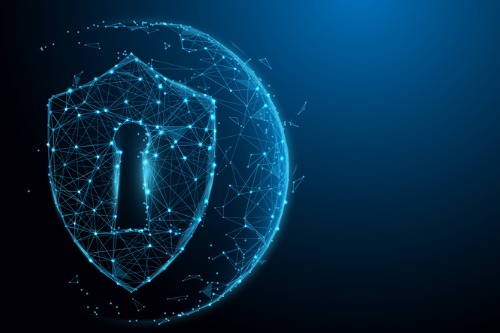

More than ever before, companies of all sizes are allowing employees to work remotely. Unfortunately, some organizations are not fully prepared for this sudden change to a remote workforce. Telecommuting can potentially put your company at increased risk of a cyberattack.
Many companies offer telecommuting and have company-owned and managed devices and robust security defense to protect remote access. Until recently, some smaller organizations might have thought that they did not need – or lacked the opportunity - to develop this type of infrastructure. This does not have to be the case: business of every size can take proactive steps to enhance their information security posture.
For businesses of all sizes, we recommend these basic steps to help ensure your transition to telecommuting goes as smoothly as possible:
Telecommuting employees also need to be vigilant and follow best practices. These guidelines may help protect data confidentiality:
The ultimate goals of information security are confidentiality, integrity and availability – ensuring that remote communications are private and unaltered, and resources are available when needed. By following these guidelines, you can help move your organization towards achieving those goals and creating a safer, more functional telecommuting environment – helping your organization stay connected.
To learn more about how CNA’s Risk Control services can help you manage your risks and increase efficiencies, visit cnacanada.ca.
DISCLAIMER
One or more of the CNA companies provide the products and/or services described. The information is intended to present a general overview for illustrative purposes only. Read CNA’s General Disclaimer.
To access all other 2019 blogs: https://www.cnacanada.ca/web/guest/cnacanada/about/listofauthors
Nick has more than a decade of information security experience and specializes in data leakage prevention, security policies, incident response, data breach and security awareness.
He received a Bachelor of Science in Information Systems and a Master of Science in Computers, Information & Network Security from DePaul University. Nick Holds the CIPP/E which is focused on the data privacy regulations of the EU and the GDPR, Certified Information Systems Security Professional (CISSP), Certified Ethical Hacker (CEH) and Certified Information Privacy Technologist (CIPT) designation. Nick is also a Fellow of Information Privacy with the IAPP.
